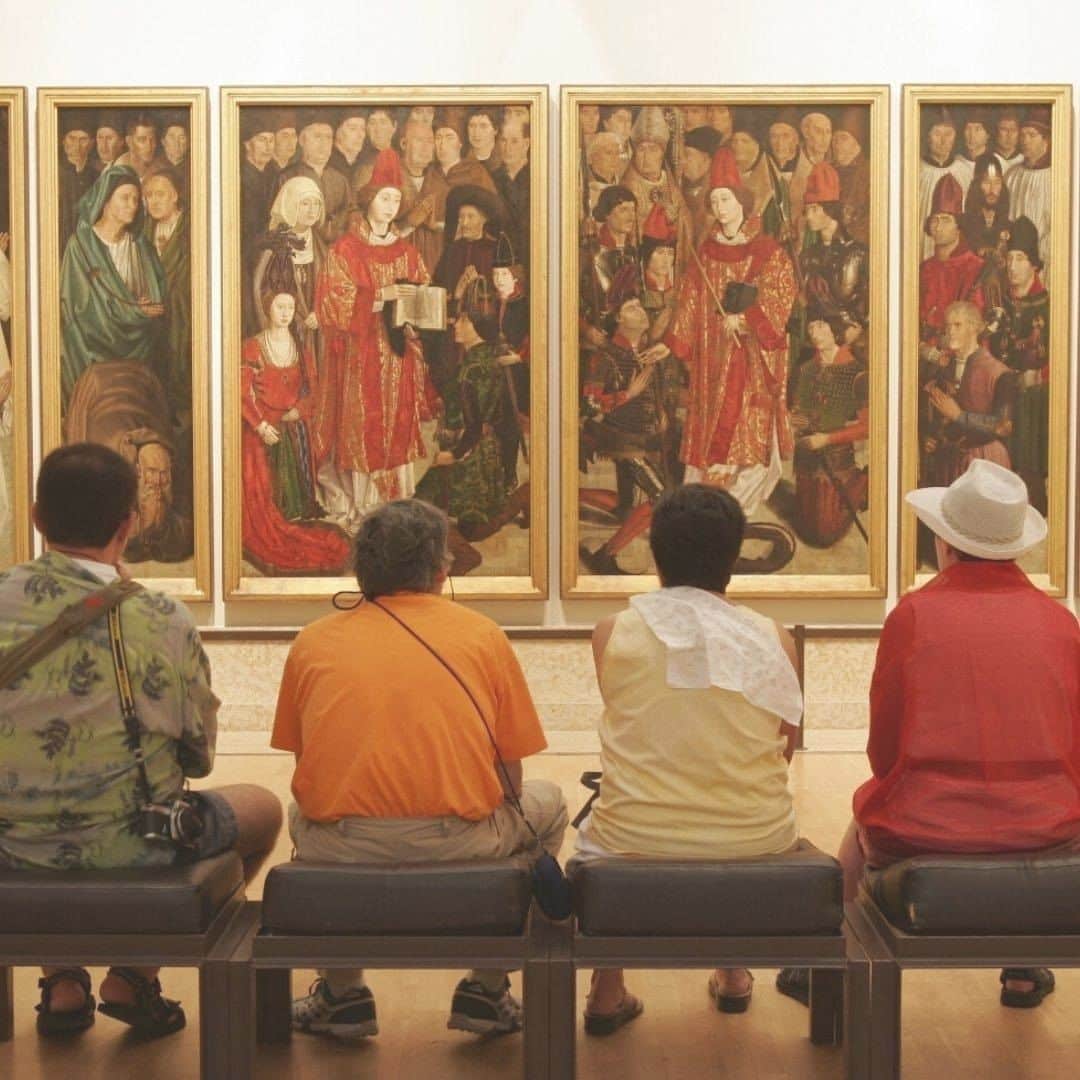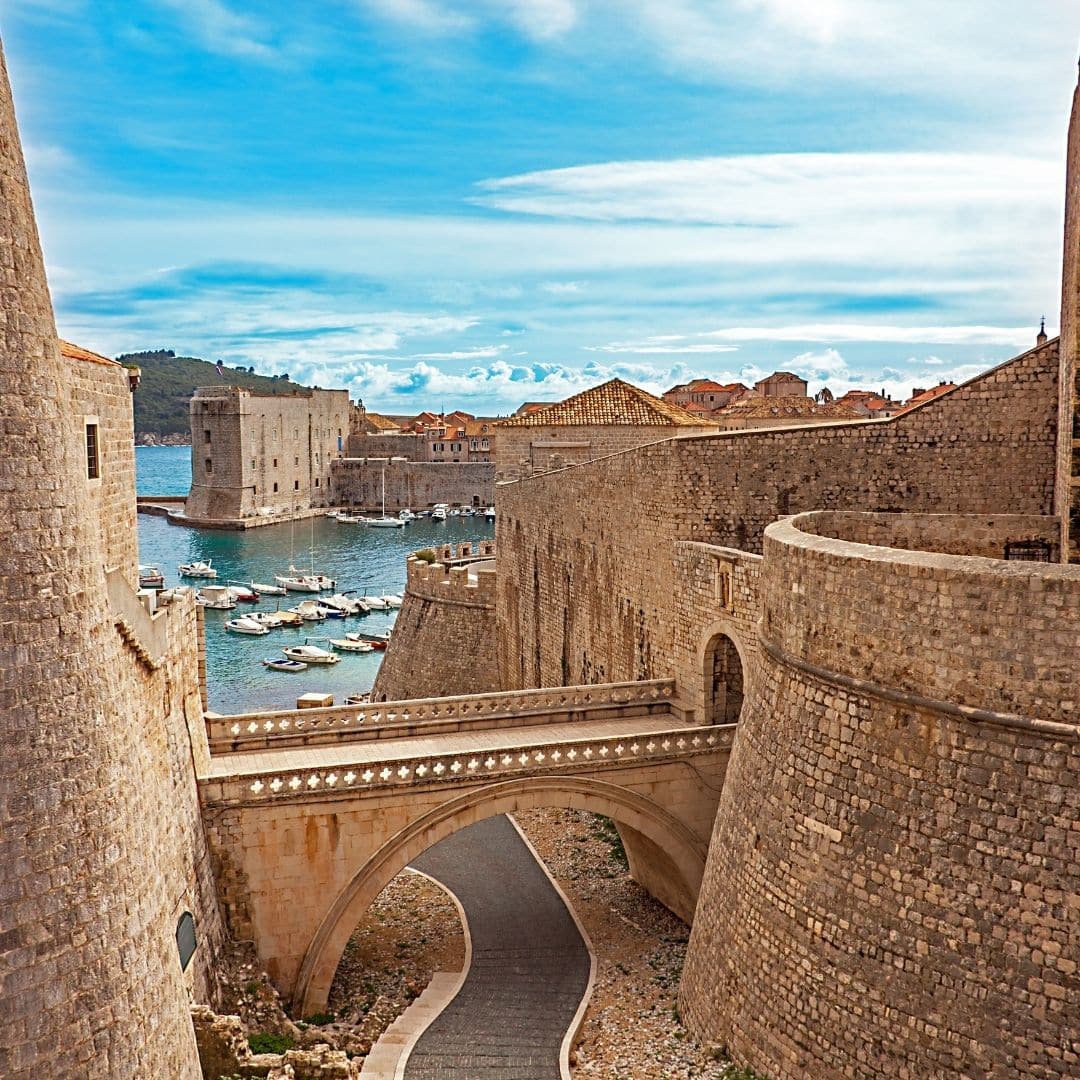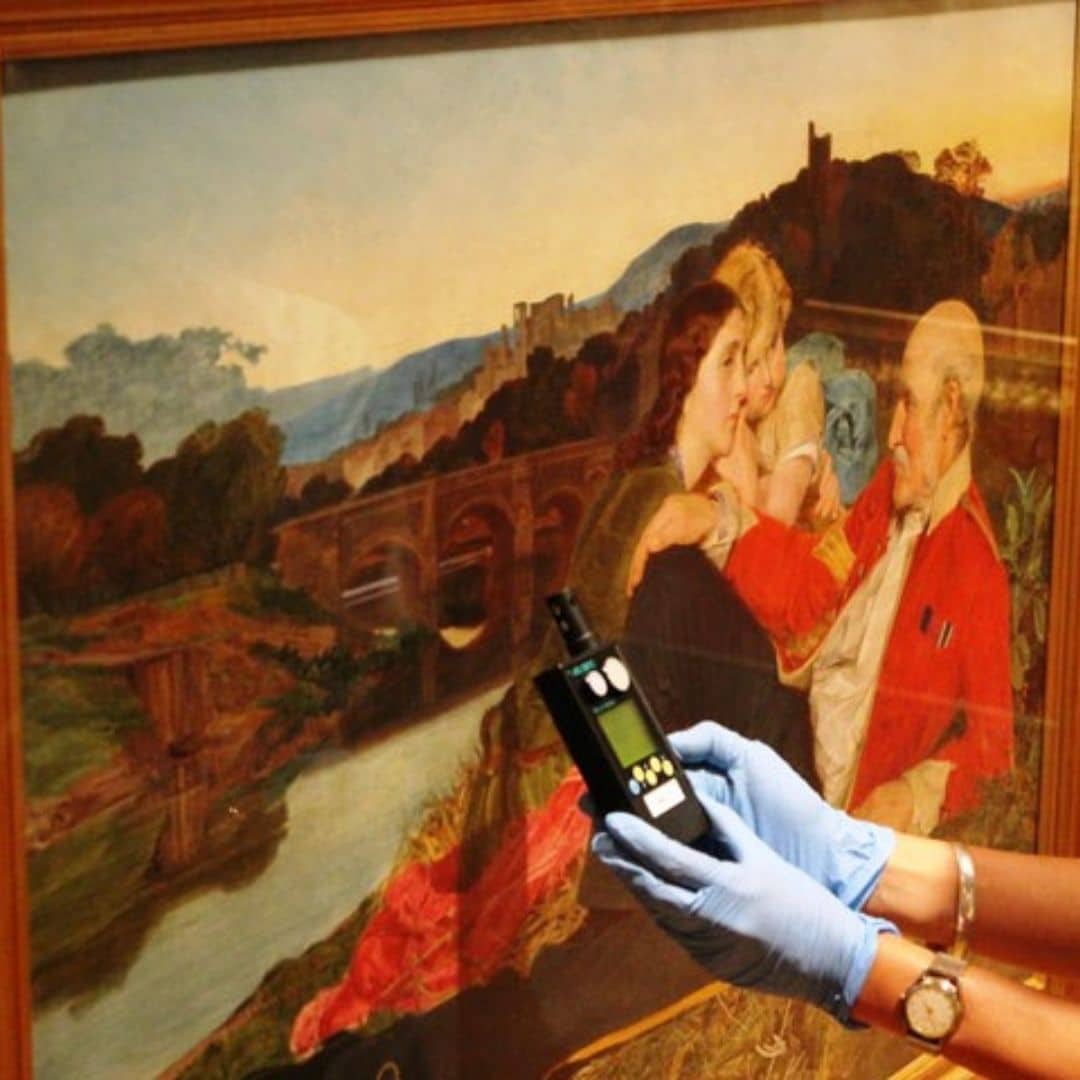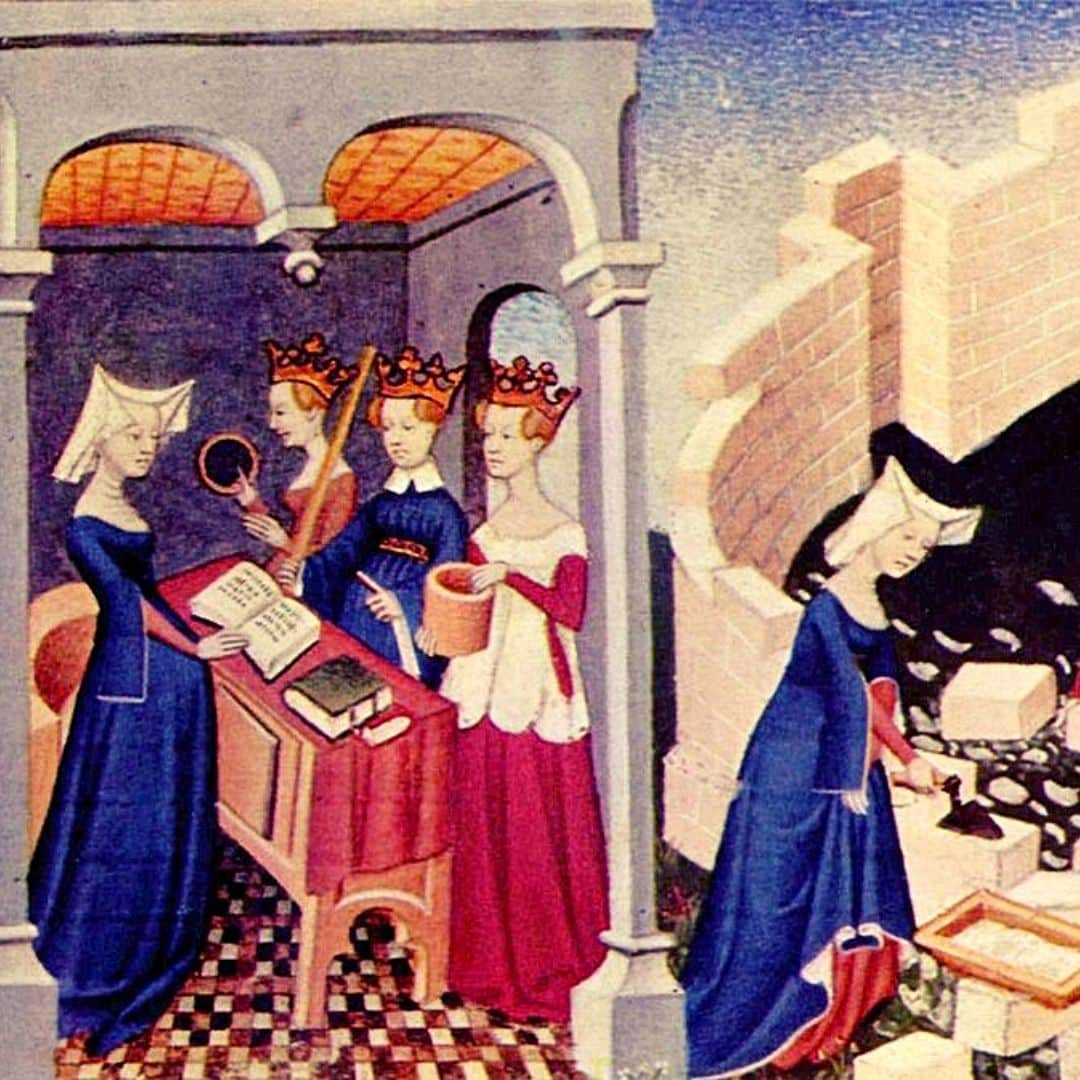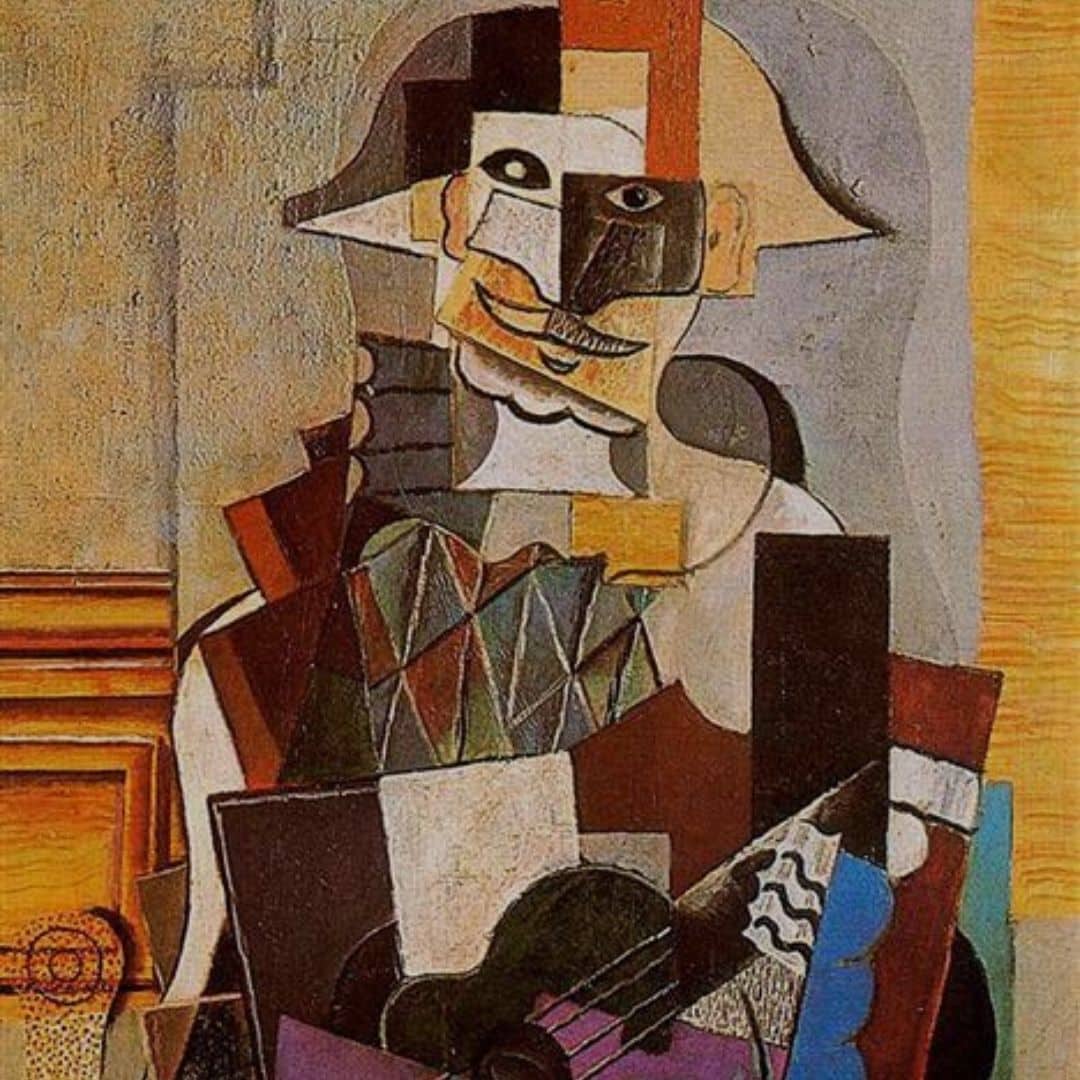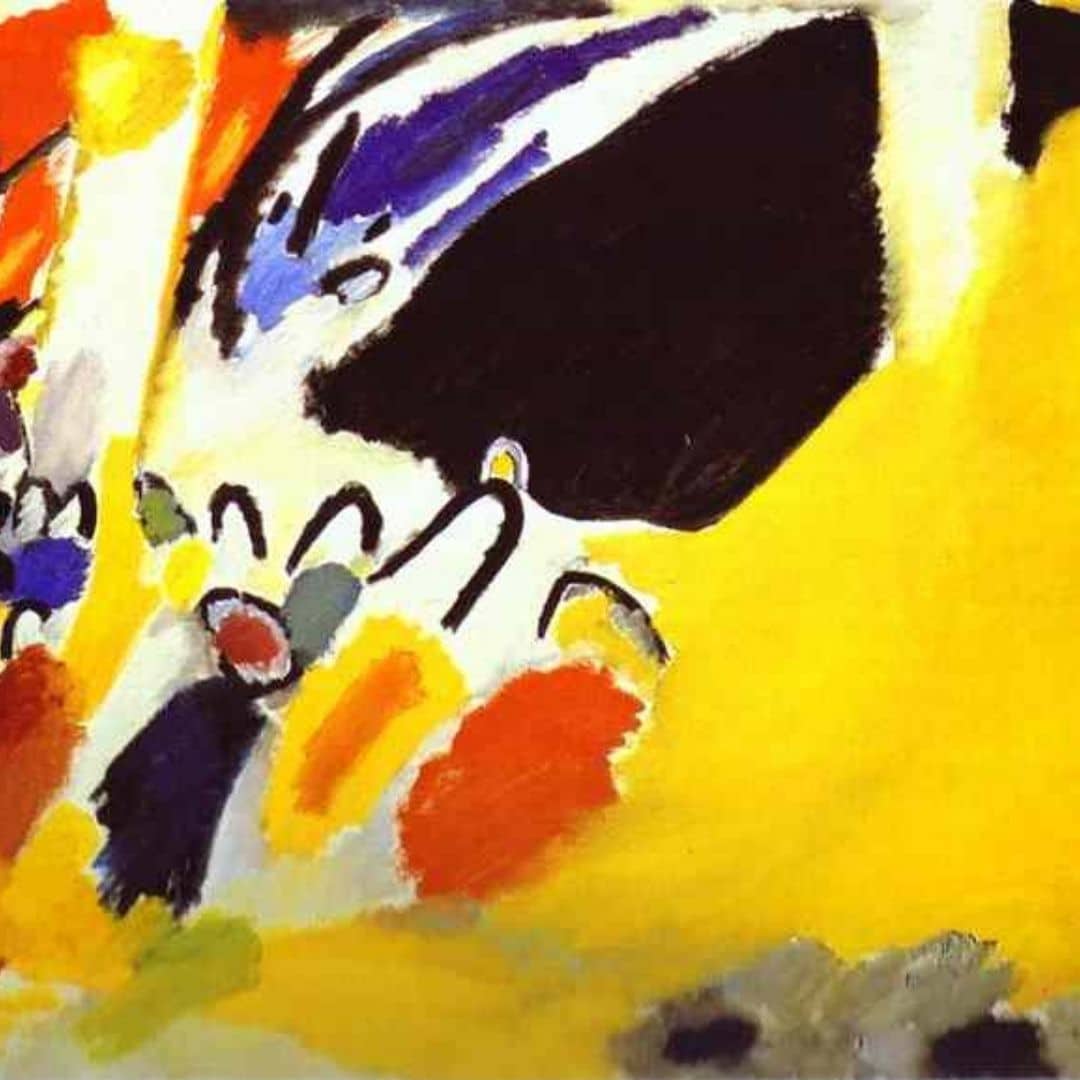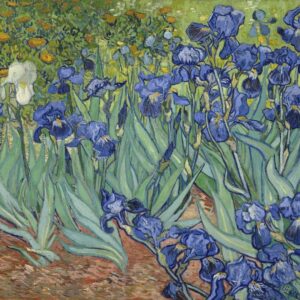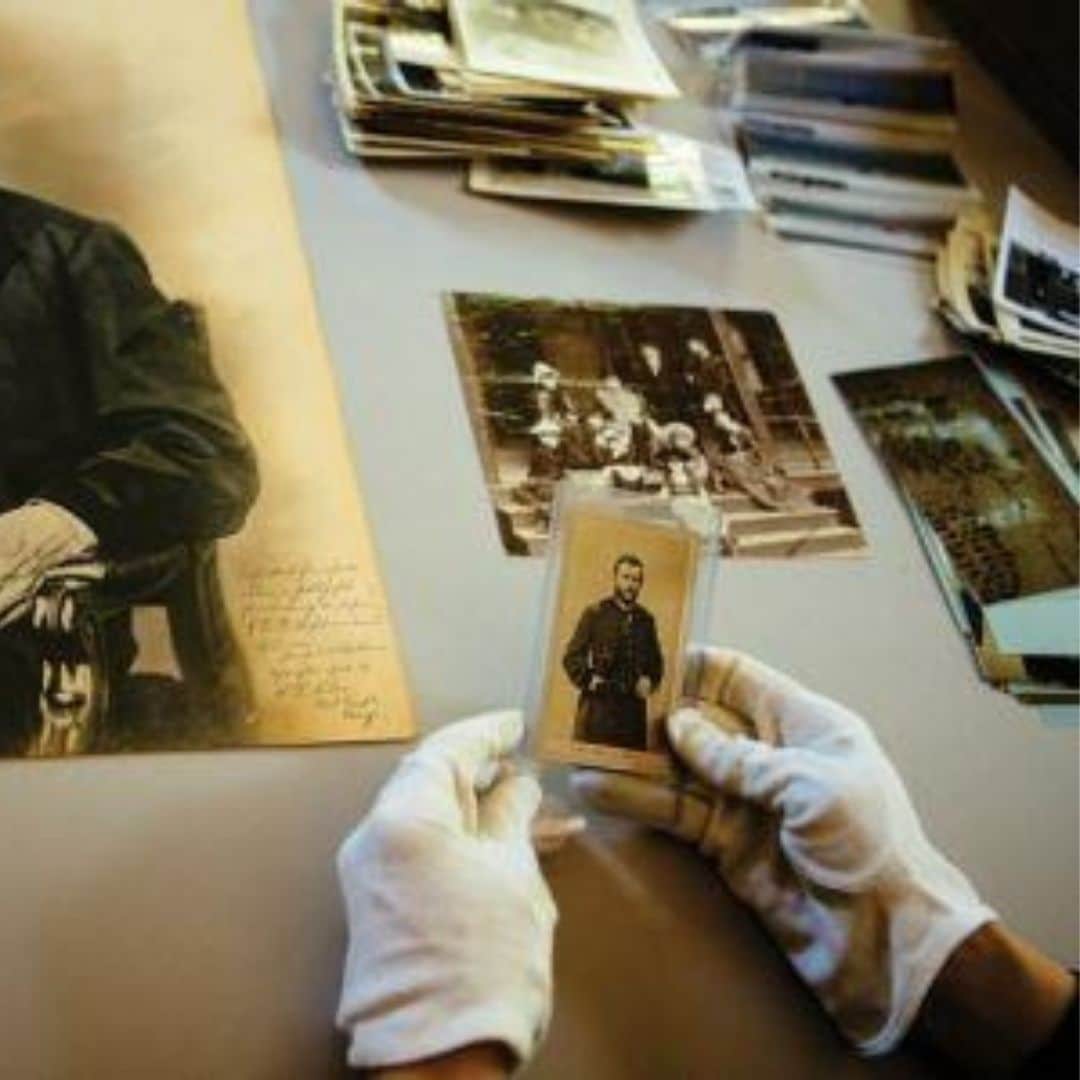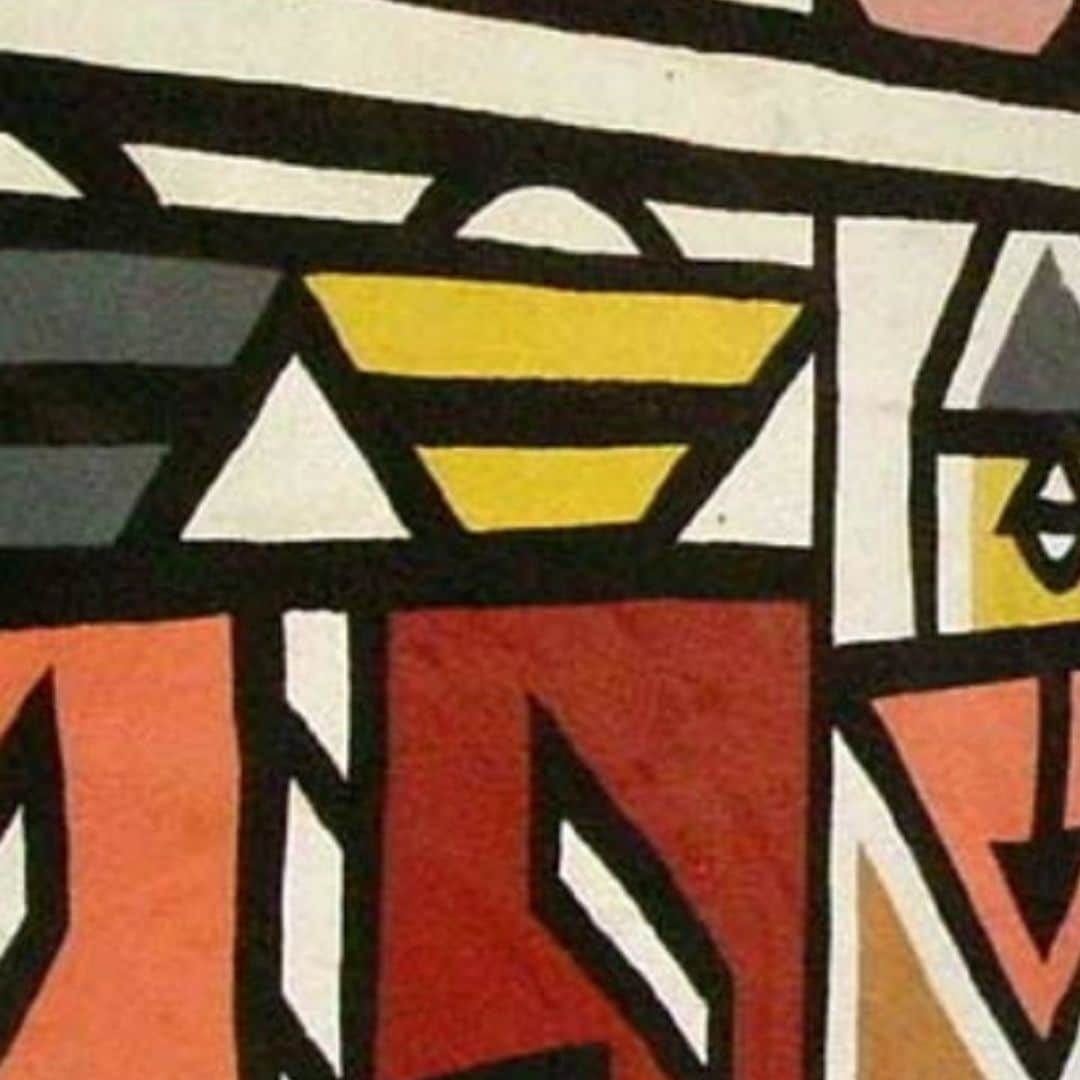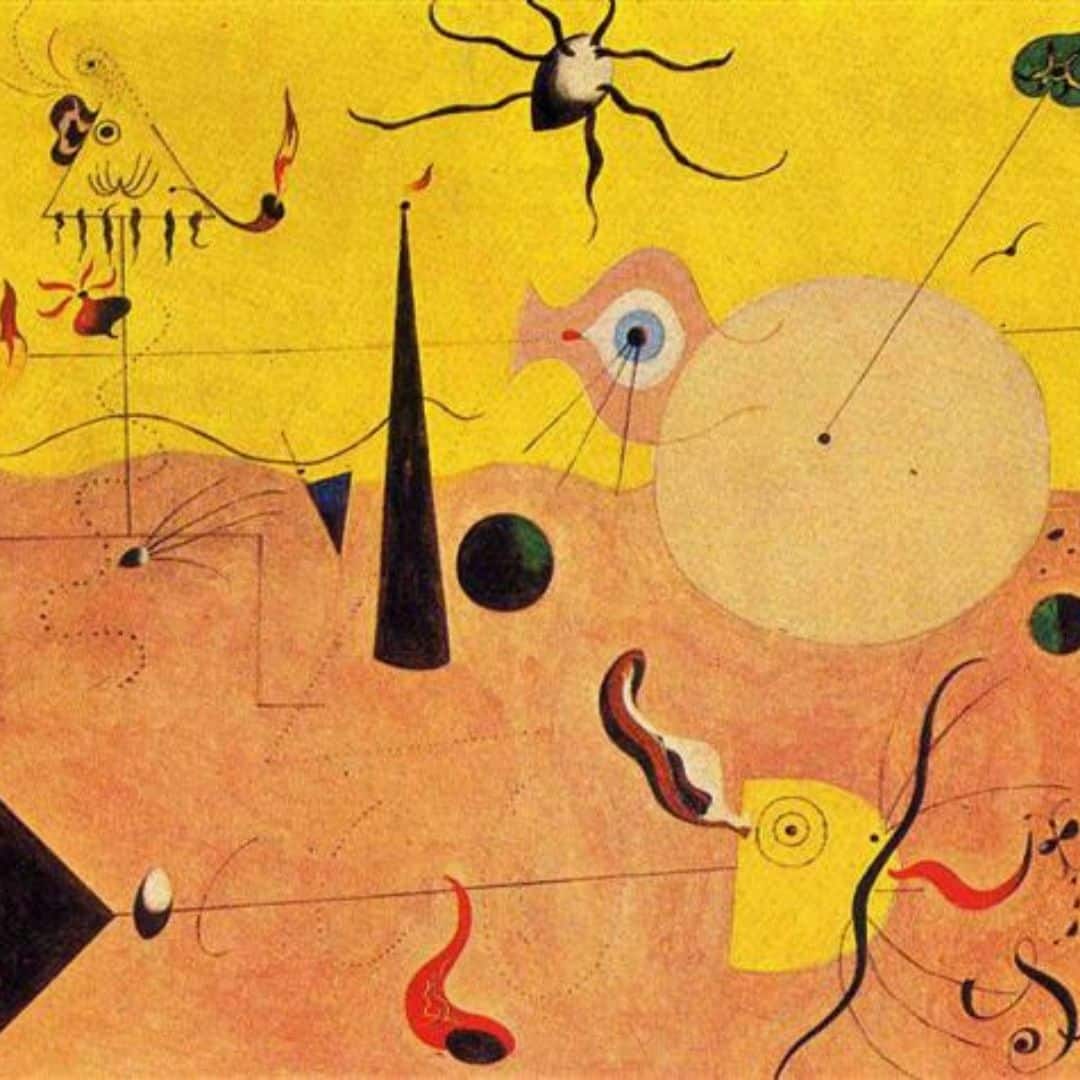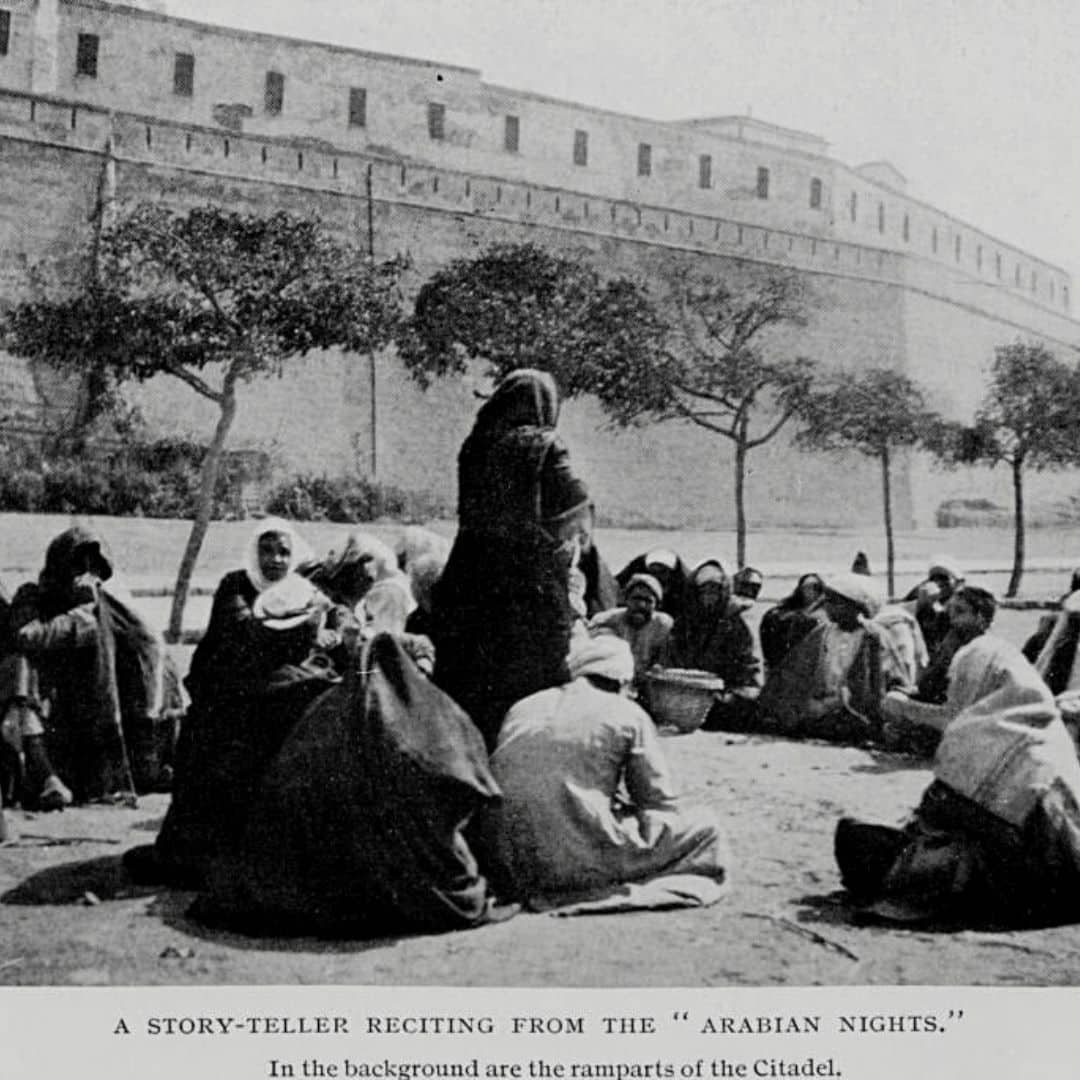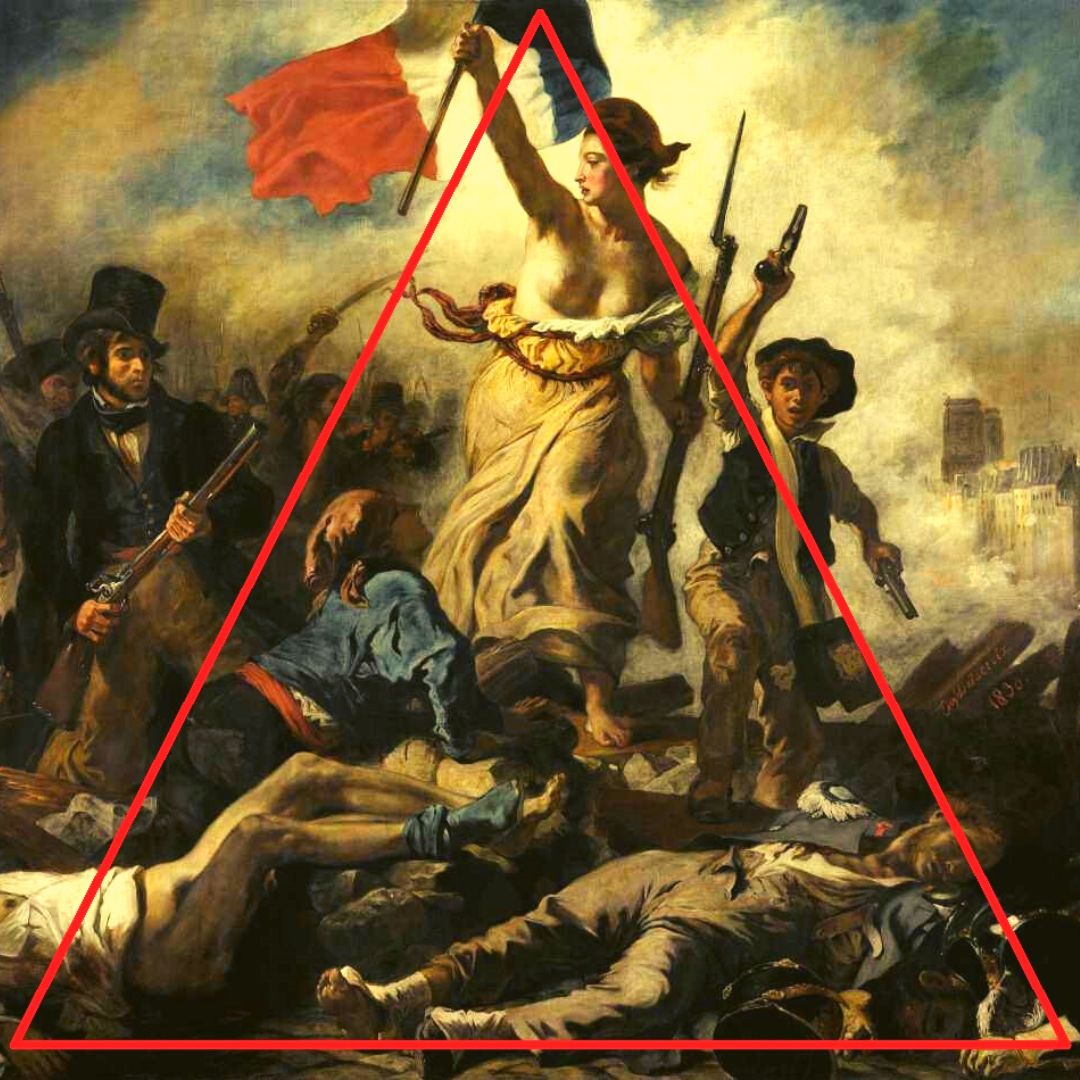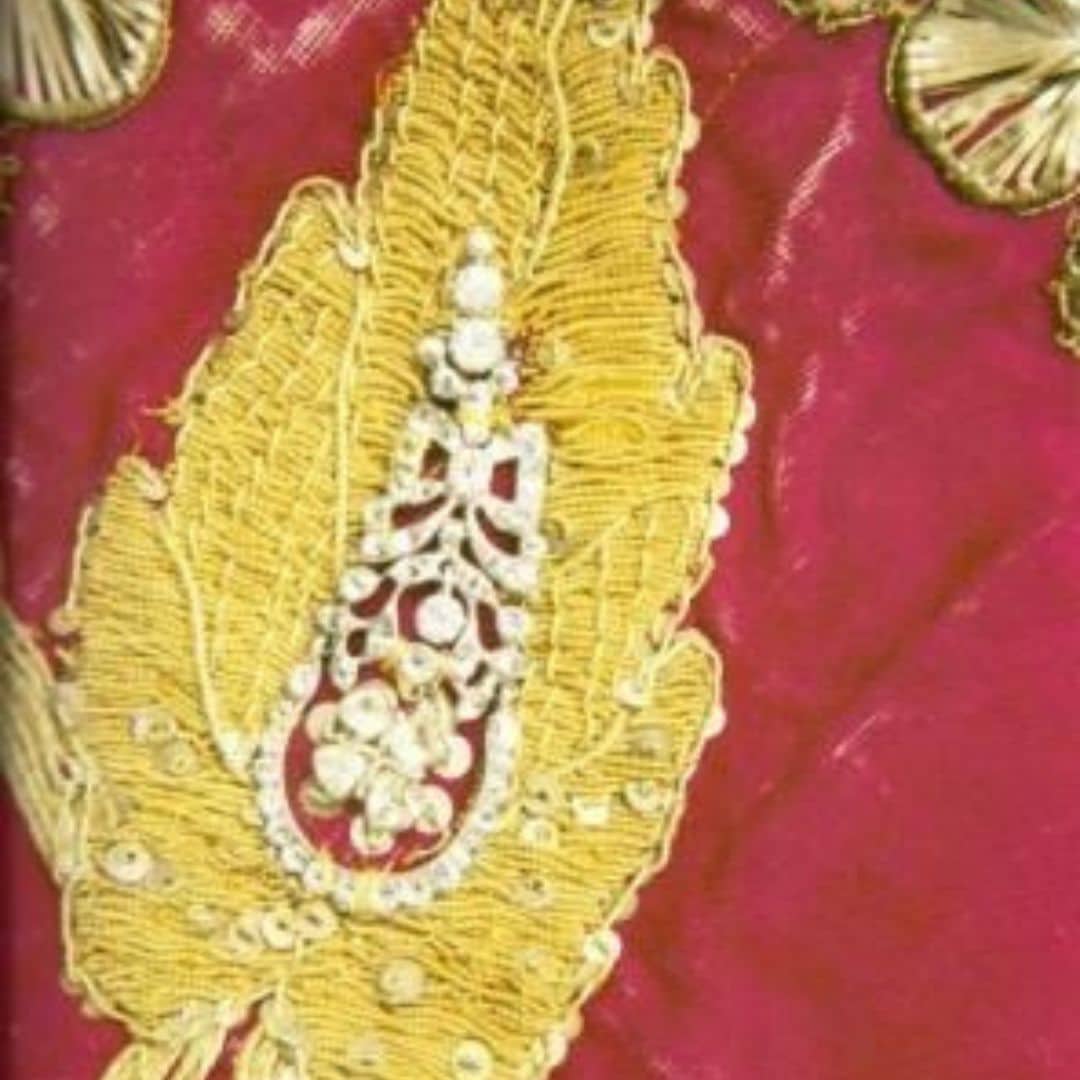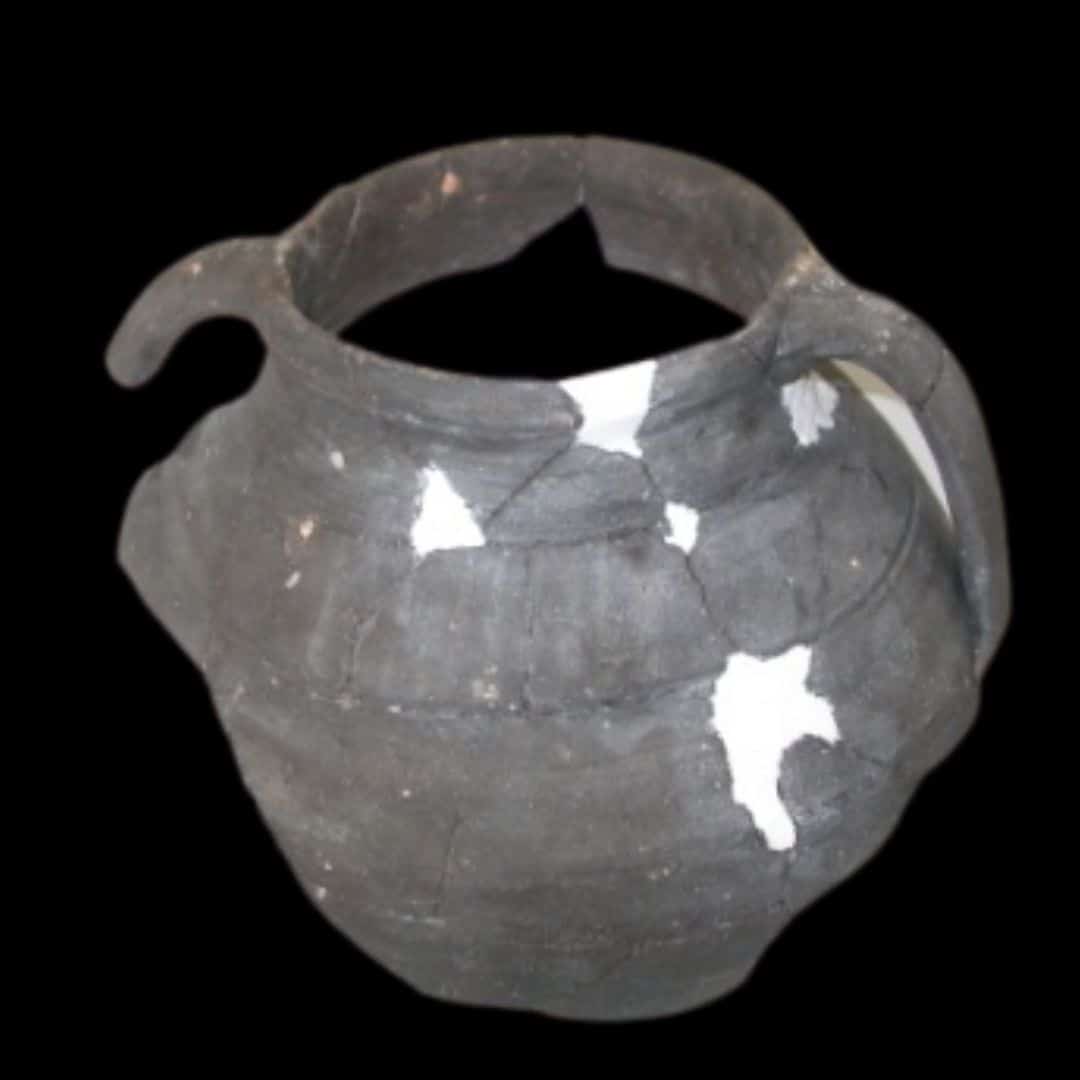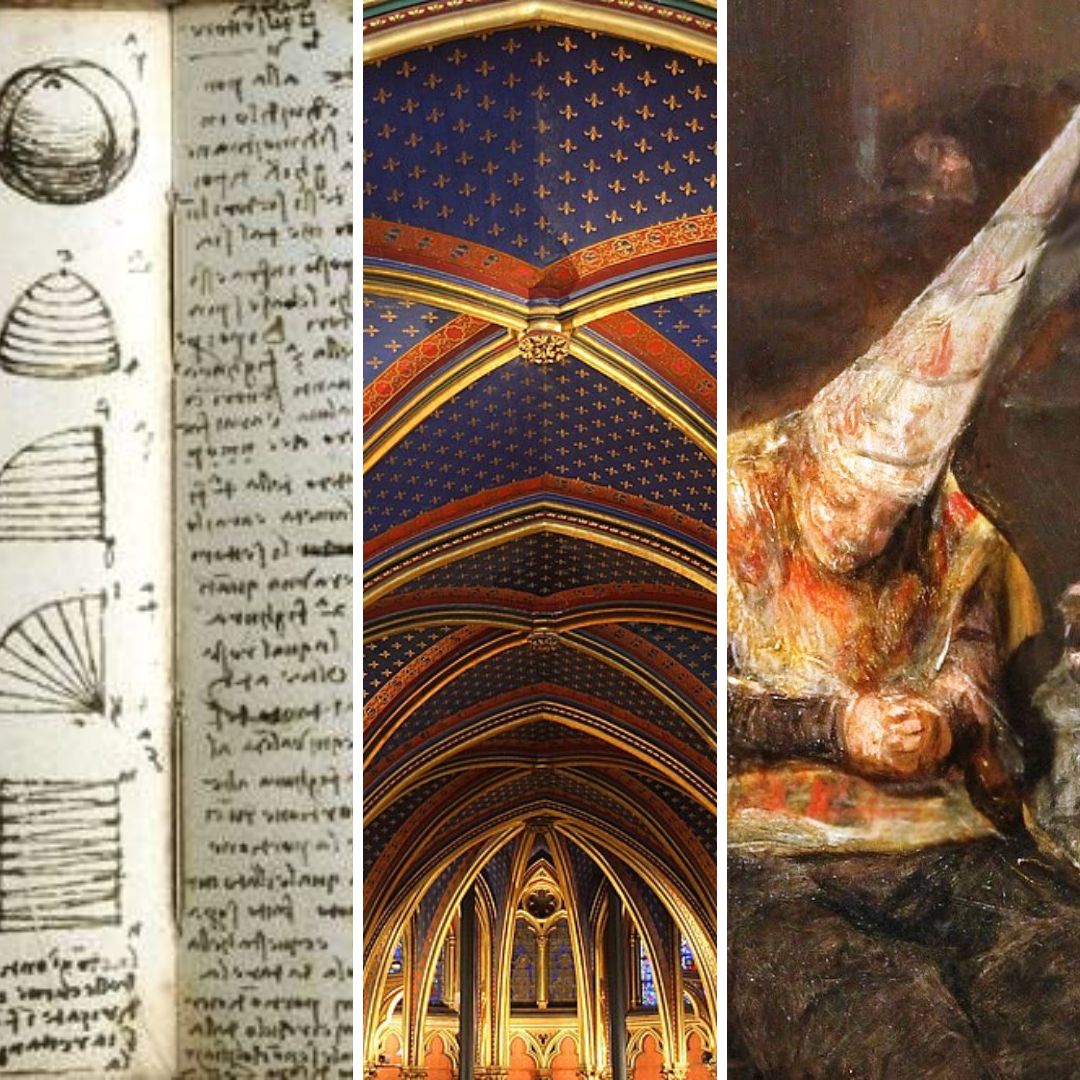January 30, 1948 | Mahatma Gandhi was assassinated by Nathuram Godse with 3 shots.
On April 6, 1930, he had shaken an empire with a handful of salt.
Mahatma Gandhi was one of the most remarkable personalities of the 20th century.
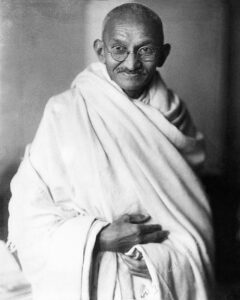
Mahatma Gandhi changed the course of history through acts of peaceful disobedience and his ideas of non-violence continue to inspire millions of people around the world.
The Salt March in 1930, led by Mahatma Gandhi according to the principles of Satyagraha (*), was an impressive movement.
It shook the British Empire and paved the way for independence in 1948, giving rise to present-day India, Pakistan and Bangladesh.
(*) Hindi term (सत्याग्रह) made up of two words: Satya, which can be translated as truth; and agraha, which means firmness, constancy. It is a philosophy developed by Gandhi with the principle of non-violent civil resistance.
Some of the most famous phrases by Mahatma Gandhi
“Strength doesn’t come from physical ability. It comes from an indomitable will.”
“Every day, nature produces enough for our subsistence. If everyone took what they needed, there would be no poverty in the world and no one would starve.”
“Religions are different paths converging on the same point. What does it matter if we follow different paths, as long as we reach the same goal?”
“You never know what results will come from your action. But if you do nothing, there will be no results.”
Mahatma Gandhi
The Salt March
The Salt March was an act of civil disobedience promoted by Mahatma Gandhi in 1930. It was one of the most important moments in his long campaign to mobilize India against British colonial rule.

It was a walk of around 400 km, between the capital of the state of Gujarat, Ahmedabad, and the coastal town of Dandi.
It lasted almost a month, between March 12 and April 6, during which thousands of people joined Gandhi and his 80 companions.
It was a peaceful and non-violent march, but its aim was considered subversive by the authorities: on April 6, in the morning, Gandhi took a handful of salty mud and boiled it, obtaining salt, which was illegal under British law.
It was at that moment that he pronounced a famous phrase: “With this, I am shaking the foundations of the British Empire“.
-
And was it successful?
The Salt March was a success because it received huge support from the Indian population. Its example was repeated by his followers, not only in Gujarat but throughout the Indian subcontinent, on both the west and east coasts.
Suddenly, and in the space of a few days, millions of people were making salt and selling it openly in bazaars and markets, in a clear and gigantic challenge to the British authorities.
It wasn’t possible to arrest everyone who violated the official prohibition on making and selling salt. The authorities were confused and didn’t know how to react to such a gigantic and peaceful challenge.
This was precisely the aim of the disobedience campaigns promoted by Gandhi.
The reaction was sometimes violent, there was repression and mass arrests, and Mahatma Gandhi himself was imprisoned.
- And what consequences?
The aim of the March was to mobilize the support of the people and unite them around a common goal, through simple acts of peaceful disobedience.
Apparently, it was a campaign without practical effects, because it ended shortly afterwards and did not lead to any compromise on the part of the British.
However, it drew the attention of world public opinion, including the public in Britain, to what was happening in India, arousing great sympathy and forcing the authorities to recognize that there really was a “colonial problem” in India.
From that moment on, Mahatma Gandhi definitively established himself as the leader of a national movement, whose voice and demands could not be ignored.
It was the first step towards independence from British India, which only came about in 1948 and gave rise to present-day India, Pakistan and Bangladesh.
A post by Fátima Muralha



